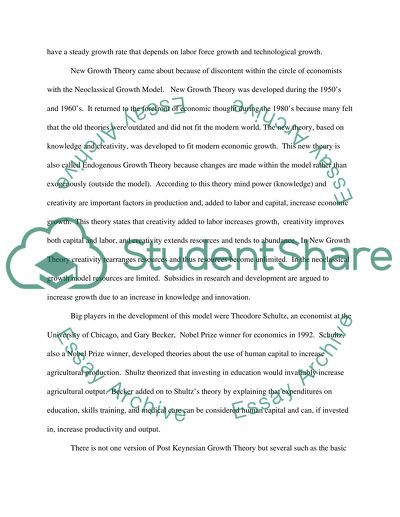Cite this document
(“Economics Economic Growth Models Essay Example | Topics and Well Written Essays - 1000 words”, n.d.)
Retrieved from https://studentshare.org/macro-microeconomics/1522520-economics-economic-growth-models-with-reference-to-war
Retrieved from https://studentshare.org/macro-microeconomics/1522520-economics-economic-growth-models-with-reference-to-war
(Economics Economic Growth Models Essay Example | Topics and Well Written Essays - 1000 Words)
https://studentshare.org/macro-microeconomics/1522520-economics-economic-growth-models-with-reference-to-war.
https://studentshare.org/macro-microeconomics/1522520-economics-economic-growth-models-with-reference-to-war.
“Economics Economic Growth Models Essay Example | Topics and Well Written Essays - 1000 Words”, n.d. https://studentshare.org/macro-microeconomics/1522520-economics-economic-growth-models-with-reference-to-war.


